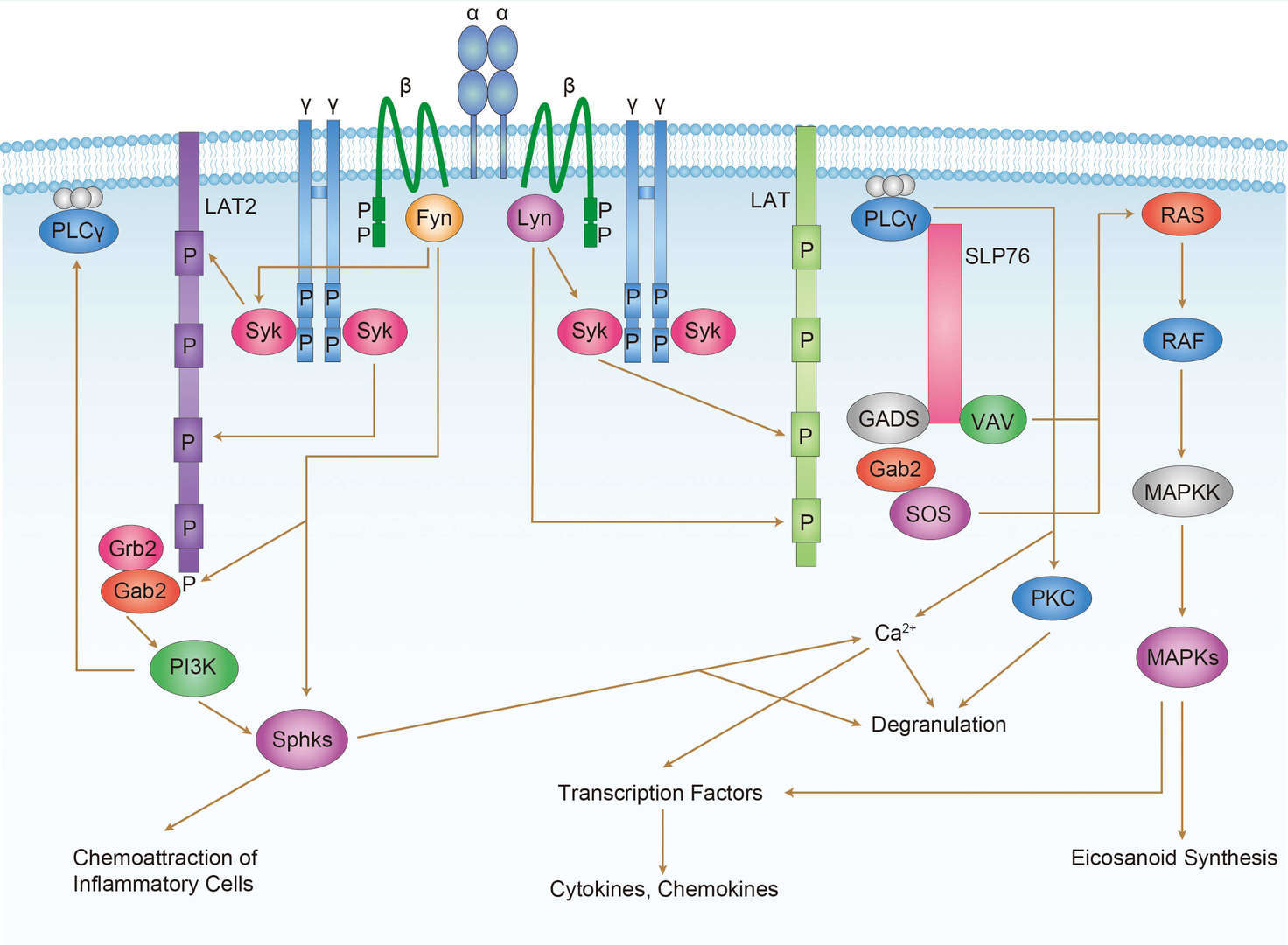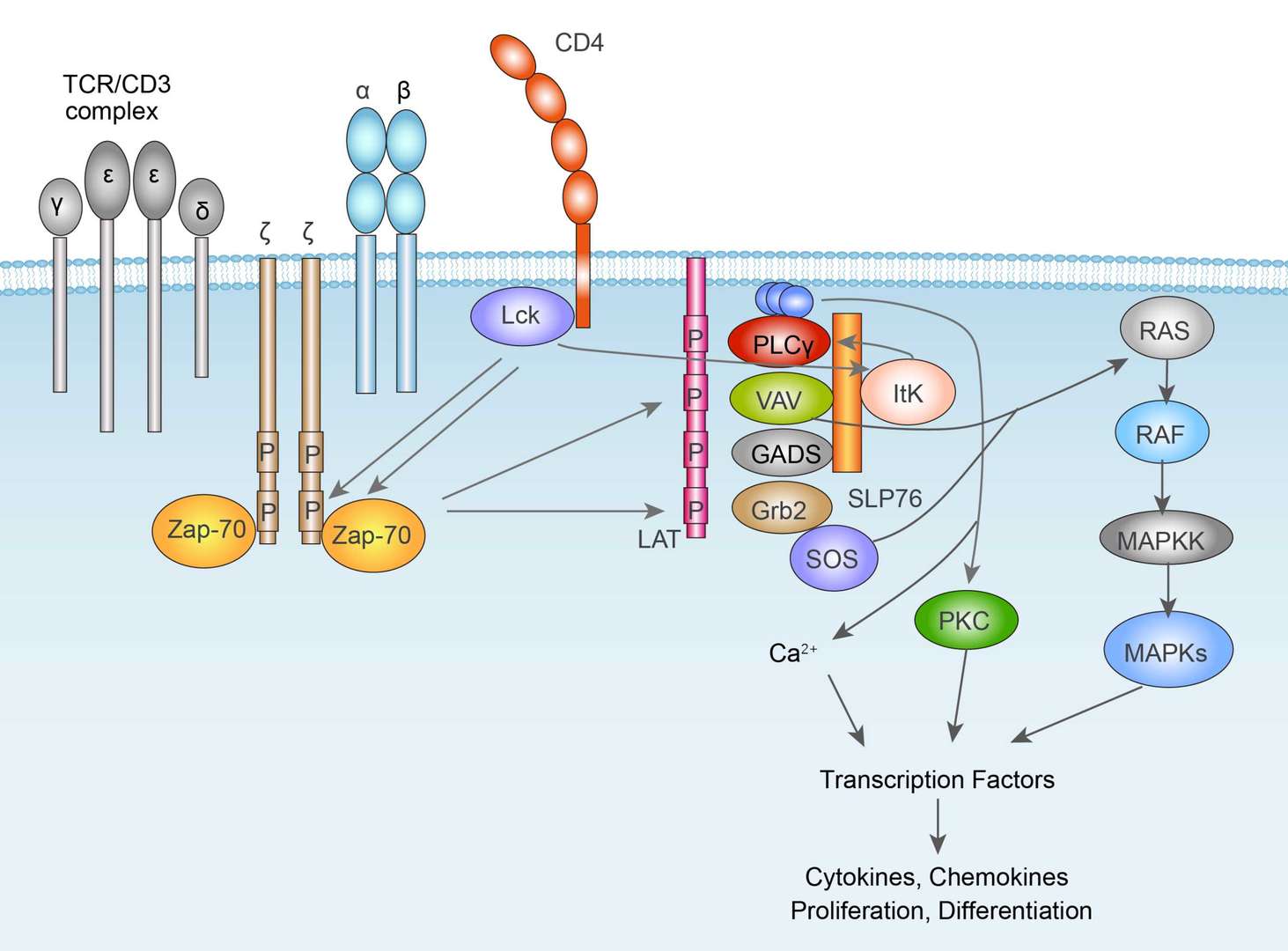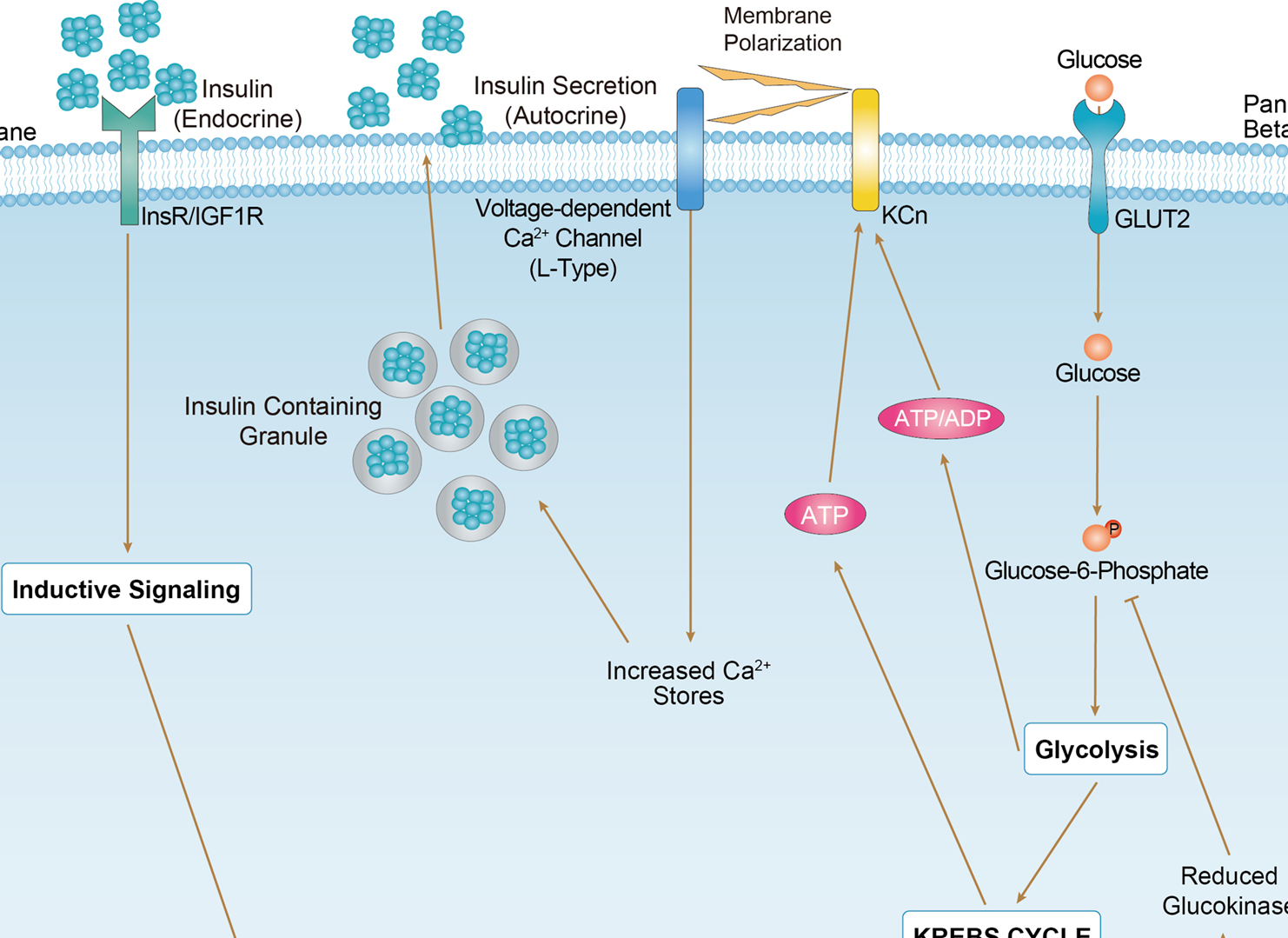AbPlus™ Anti-MAPK1 Magnetic Beads (VS-0724-YC1354)
CAT#: VS-0724-YC1354
The AbPlus Anti-MAPK1 Magnetic Beads (VS-0724-YC1354) is an innovative affinity resin which is bound with anti-MAPK1 specific antibody. The beads were designed for small-scale affinity purification and immunoprecipitation (IP) of MAPK1 protein under native and denaturing conditions.











Specifications
- Applications
- Immunoprecipitation, Protein Purification
- Matrix
- Magnetic bead
- Bead Ligand
- Anti-MAPK1 specific antibody
- Target
- MAPK1
- Immunogen
- Recombinant human ERK2/MAPK1/MAPK2, aa 1-360.
- Target Species
- Human
- Bead Capacity
- 40 mg/mL
- Bead size
- 25 μm
- Format
- Suspension
- Concentration
- 2 mg/mL
- Buffer
- PBS, pH 7.4
- Preservative
- 0.1% Sodium azide
- Storage
- Stored at 4°C, and is stable for up to 2 years. Do not centrifuge, dry or freeze the magnetic beads.
Applications
- Application Notes
- The beads are in suspension and will settle upon storage. Prior to use, mix the vial gently (do not vortex) to ensure delivery of proper bead volume.
Target
- Introduction
- This gene encodes a member of the MAP kinase family. MAP kinases, also known as extracellular signal-regulated kinases (ERKs), act as an integration point for multiple biochemical signals, and are involved in a wide variety of cellular processes such as proliferation, differentiation, transcription regulation and development. The activation of this kinase requires its phosphorylation by upstream kinases. Upon activation, this kinase translocates to the nucleus of the stimulated cells, where it phosphorylates nuclear targets. One study also suggests that this protein acts as a transcriptional repressor independent of its kinase activity. The encoded protein has been identified as a moonlighting protein based on its ability to perform mechanistically distinct functions. Two alternatively spliced transcript variants encoding the same protein, but differing in the UTRs, have been reported for this gene. [provided by RefSeq, Jan 2014]
- Alternative Names
- Mitogen-Activated Protein Kinase 1; Extracellular Signal-Regulated Kinase 2; Mitogen-Activated Protein Kinase 2; MAP Kinase Isoform P42; MAP Kinase 1; MAP Kinase 2; EC 2.7.11.24; P42-MAPK; MAPK 2; PRKM1; PRKM2; ERK-2; ERK2;
- Gene ID
- 5594
- UniProt ID
- P28482
Customer Review
There are currently no Customer reviews or questions for VS-0724-YC1354. Click the button above to contact us or submit your feedback about this product.
Submit Your Publication
Published with our product? Submit your paper and receive a 10% discount on your next order! Share your research to earn exclusive rewards.
Related Signaling Pathways
Related Diseases
Downloadable Resources
Download resources about recombinant antibody development and antibody engineering to boost your research.
Datasheet
MSDS
COA
Certificate of Analysis LookupTo download a Certificate of Analysis, please enter a lot number in the search box below. Note: Certificate of Analysis not available for kit components.
See other products for "MAPK1"
Select a product category from the dropdown menu below to view related products.
| CAT | Product Name | Application | Type |
|---|---|---|---|
| MOB-1334z | Mouse Anti-MAPK1 Recombinant Antibody (clone 22C9) | ELISA, IHC, WB | Mouse IgG2b |
| MOB-0695CT | Recombinant Mouse anti-Human MAPK1 Monoclonal antibody (4G9) | ELISA, FC, WB | |
| MRO-0547-CN | Recombinant Mouse Anti-MAPK1 Monoclonal Antibody (5-D2) | WB, IF, IHC, FC | Mouse IgG1 |
| VS3-CJ844 | Mouse Anti-MAPK1 Recombinant Antibody (VS3-CJ844) | WB | Mouse IgG1, κ |
| VS3-CJ845 | Rabbit Anti-MAPK1 Recombinant Antibody (VS3-CJ845) | WB, ICC, IF, IHC, IP, FC | Rabbit IgG |
| CAT | Product Name | Application | Type |
|---|---|---|---|
| TAB-0829CL | Anti-Human MAPK1 Recombinant Antibody (VB22B) | ELISA | |
| TAB-0829CL-S(P) | Anti-Human MAPK1 Recombinant Antibody scFv Fragment (VB22B) | ELISA | |
| TAB-0829CL-F(E) | Anti-Human MAPK1 Recombinant Antibody Fab Fragment (VB22B) | ELISA |
| CAT | Product Name | Application | Type |
|---|---|---|---|
| BRD-0341MZ | Chicken Anti-MAPK1 Polyclonal IgY | WB | Chicken antibody |
| BRD-0899MZ | Chicken Anti-ERK2 Polyclonal IgY | WB | Chicken antibody |
| CAT | Product Name | Application | Type |
|---|---|---|---|
| MHC-LC208 | PE-H-2Kd/Human Erk2 K136Q (QYIHSANVL) MHC Tetramer | FCM | |
| MHC-LC209 | APC-H-2Kd/Human Erk2 K136Q (QYIHSANVL) MHC Tetramer | FCM |
| CAT | Product Name | Application | Type |
|---|---|---|---|
| MOR-2148 | Hi-Affi™ Recombinant Rabbit Anti-MAPK1 Monoclonal Antibody (DS2148AB) | WB, IHC-P, ICC, FC, IP | IgG |
| MOR-2155 | Hi-Affi™ Recombinant Rabbit Anti-MAPK3; MAPK1 Monoclonal Antibody (DS2155AB) | WB, IHC-P, ICC, FC | IgG |
| CAT | Product Name | Application | Type |
|---|---|---|---|
| VS-1024-XY191 | Mouse Anti-NHP MAPK1 Recombinant Antibody (clone 4C11) | WB, IHC, IF, ELISA | Mouse IgG2a |
| CAT | Product Name | Application | Type |
|---|---|---|---|
| VS13-YC691 | CytoStream™ Rabbit Anti-MAPK1 Recombinant Antibody (VS13-YC691) | WB, ICC, IF, IHC-P, IP, FC | Rabbit IgG |
| CAT | Product Name | Application | Type |
|---|---|---|---|
| VS-0525-XY4224 | Anti-MAPK1 Immunohistochemistry Kit | IHC | |
| VS-0525-XY4225 | Anti-Mouse MAPK1 Immunohistochemistry Kit | IHC | |
| VS-0525-XY4226 | Anti-Canine MAPK1 Immunohistochemistry Kit | IHC |
| CAT | Product Name | Application | Type |
|---|---|---|---|
| VS-0825-YC247 | SmartAb™ Recombinant Anti-MAPK1 pH-dependent Antibody (Clone VB22B) | ELISA | Mouse IgG |
Popular Products

Application: ELISA, IP, FC, FuncS, Neut, IF, ICC

Application: FuncS, IF, Neut, ELISA, FC, IP, ICC

Application: Neut, ELISA, IF, IP, FuncS, FC, ICC

Application: WB, FuncS, IF, Neut, ELISA, FC, IP

Application: ELISA, WB, BLI, SPR

Application: WB, ELISA, FuncS

Application: WB, IF, FuncS

Application: ELISA, IHC, FC, IP, IF, FuncS

Application: ELISA, IHC, FC, IP, IF, Inhib
For research use only. Not intended for any clinical use. No products from Creative Biolabs may be resold, modified for resale or used to manufacture commercial products without prior written approval from Creative Biolabs.
This site is protected by reCAPTCHA and the Google Privacy Policy and Terms of Service apply.














 FcεR1 Signaling Pathway
FcεR1 Signaling Pathway
 TCR Signaling Pathway
TCR Signaling Pathway
 Maturity Onset Diabetes of the Young
Maturity Onset Diabetes of the Young














